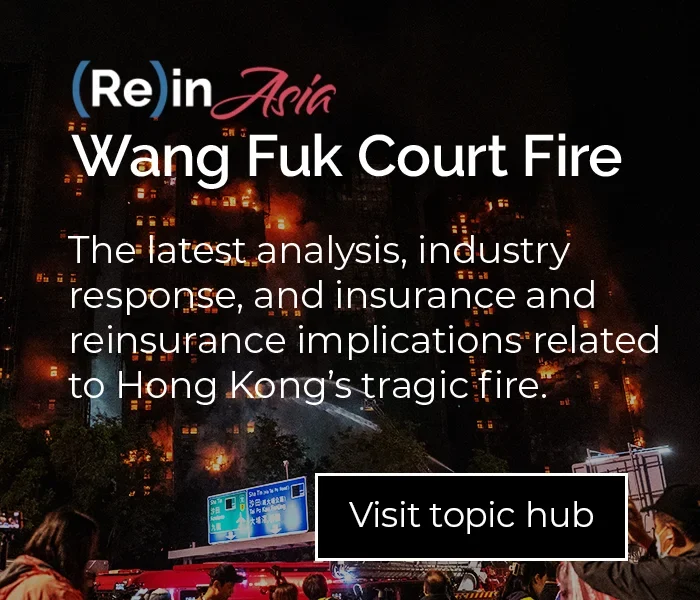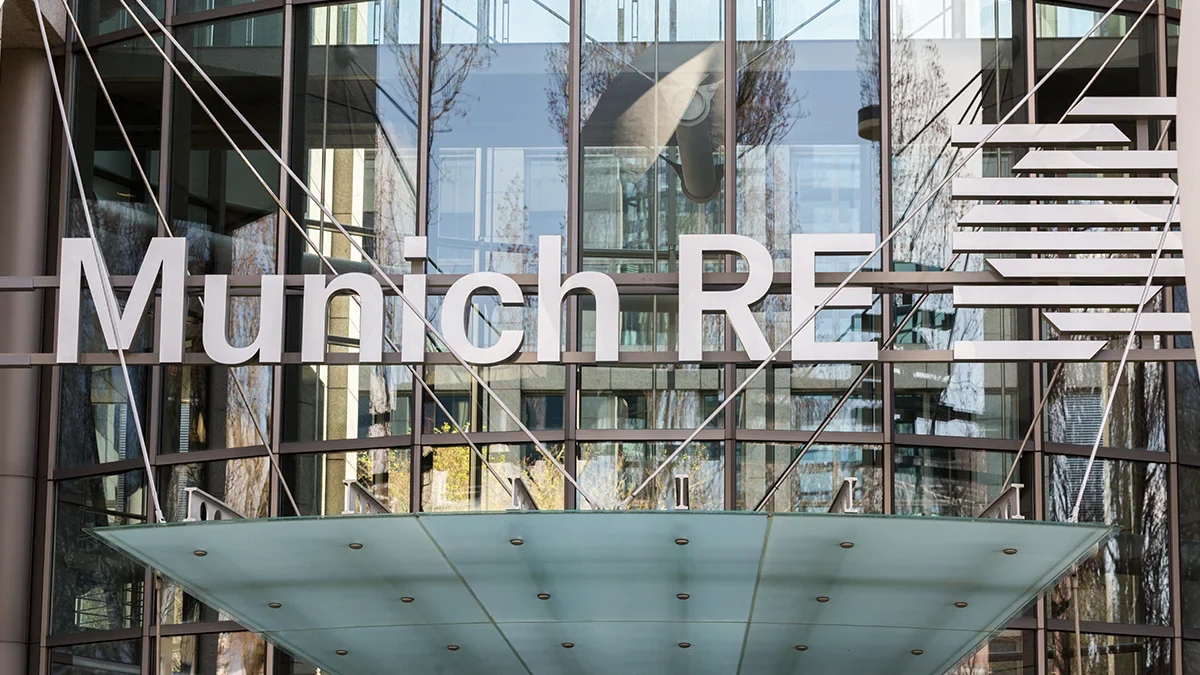More needs to be done to educate insurers in Asia about the need for sustainable underwriting practices in light of hardening market conditions, according to chief executive officers from three of the world’s largest reinsurers.
“If there is insufficient pricing in the primary market, it is extremely difficult to agree on something that is sustainable between the primary insurer and the reinsurer,” said Achim Kassow, Munich Re’s Member of the Board of Management — who is responsible for APAC.
“So, yes, it’s true that that there is a rebalancing of risk appetite [but] we also need to have a close look at the underlying profitability of the primary market and the dialogue that primary insurers have with their respective customers.”
Kassow was speaking during a panel discussion on October 31 at the annual Singapore International Reinsurance Conference (SIRC).
Fellow panellist Renaud Guidée, CEO of AXA XL, added that a soft market and a persistently low interest rate environment had helped keep alive “some more shaky structures” in Asia.
“Now the market will become much more selective,” predicted Guidée, adding that buyers of reinsurance are starting to see the advantage of having more appropriate risk structures.
It is important for [the industry] to reflect contractually on the relationship with policyholders,” he said.
Speaking on the same panel, Urs Baertschi, CEO of Property and Casualty Reinsurance at Swiss Re, said: “For six years, the reinsurance industry had so much capacity and a fairly loose risk appetite that insurance companies were able to gear their balance sheet and to pass on losses to reinsurers, because that’s what the market gave… as insurers change their prices and change their products, we are getting back to a more sustainable end-to-end value chain.”
While it would be unfair to tar all underwriters in Asia with the same brush, there is a general feeling that risk discipline across the region has been somewhat looser than in the more developed markets.
Speaking on the sidelines of the conference, one regional director of a global insurer, said that he was pleased to see insurers moving towards assuming more responsibility for the risks that they are taking on. However he also said there remained a danger of the industry sliding back into the bad old ways, especially if inflation starts to slow and central banks backtrack on some of their monetary tightening.
“We are seeing a more disciplined market in Asia these days, but there is a question mark over how disciplined it will remain and we look for signals on this,” he said. “There’s no sign of this happening right now, but I find that the insurance industry is often guilty of sleepwalking into things.”
Engagement
Guidée insisted that the reinsurance industry remains committed to working closely with primary insurers in Asia in order to help them navigate the hard market environment, with rates expected to rise further in the forthcoming 1:1 renewals.
“What is important is that [the move towards sustainable rates] is a key commitment of the industry happening over several months and we will of course be supportive of this [time frame],” said Guidée. “However, if this is about buying time just to kick the can down the road, for this never to happen, then we will be less interested.”
This is a view that Kassow also expressed.
“If we feel that the underwriting profitability of the core risks that we’re taking on [in both the insurance and reinsurance sectors] is not sufficient, it’s up to us [the reinsurance industry] to educate markets, the public and policymakers about we need to change in order to have sustainable solutions for the respective economies,” said Kassow.
Correction: An earlier version of this article incorrectly identified the panelist from Munich Re. This has been updated to reflect that the correct panelist is Achim Kassow, Munich Re’s Member of the Board of Management. We apologise for the error.
























